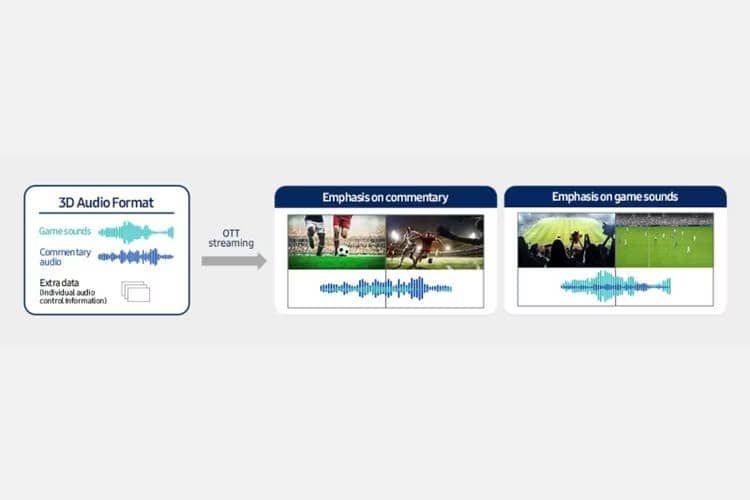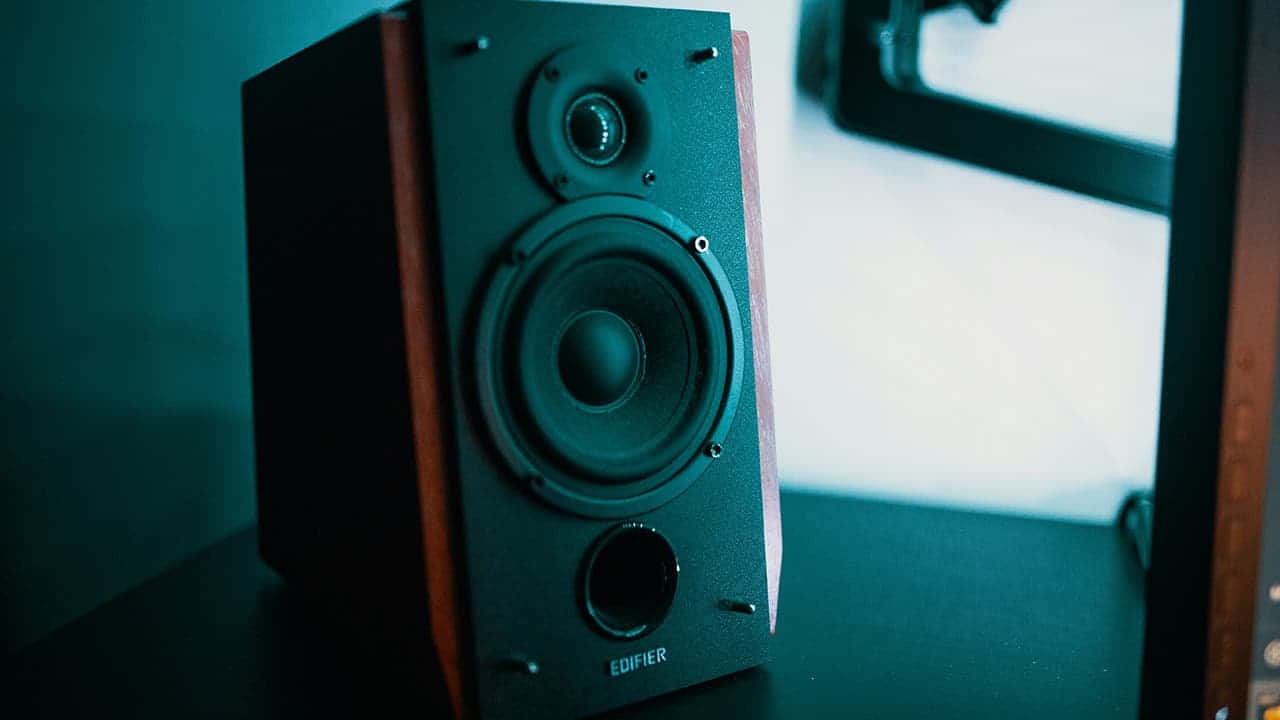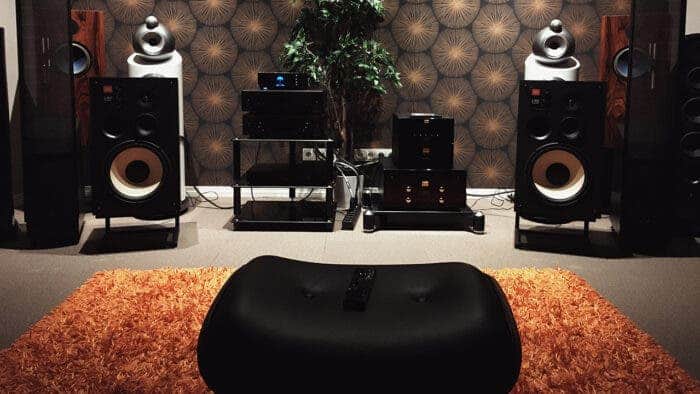Samsung and Google are currently working together to bring out an audio tech. This solution will challenge Dolby Atmos and other 3D audio techs. Known as the Immersive Audio Model and Formats (IAMF), the standard is almost ready for its prime time. But what exactly is the format there for? What will it bring to the table?
Immersive Audio Model and Formats technology is a 3D audio solution. It aims to bring immersive audio to the mainstream audience. And it will do so by making devices capable of decoding and utilizing 3D audio data.
But that’s the tip of the iceberg. There’s a lot more to the Immersive Audio Model and Formats, which are quite interesting. And you can learn all about tech in this detailed explainer.
Before Everything Else, What Is Immersive Audio?
You need to have a proper idea of immersive audio first. At the core, immersive audio makes even the slightest noise and ambient sound from the content come to life. It makes you feel at the scene, allowing you to hear the audio beyond the stereo right and left.

It’s one of the crucial factors you need to check to get the best possible experience out of your home theatre system. Without immersive audio, screens capable of delivering immersive viewing won’t do much. And with Immersive Audio Model and Formats, Samsung and Google are here to deliver the next-gen 3D audio experience.
What Is Immersive Audio Model and Formats?
With Immersive Audio Model and Formats, Google and Samsung want to bring 3D audio to mainstream consumers. Even though spatial audio is a revolutionary feature, it hasn’t made it to most of the home theatre setups. After all, not all home audio devices are capable of translating 3D audio data.
Now, it’s not like that getting home theatre systems with immersive audio capabilities is hard. There are a good number of affordable options out there. But most of those affordable options don’t have advanced 3D audio decoding abilities. This incapability results in audio with limited details.

The new standard is about to be the solution for this type of issue. It will let audio manufacturers enable 3D audio decoding on their devices. Also, it opens the door for the manufacturers to adjust the decoding capacity for home audio setups.
So, with Immersive Audio Model and Formats, your soundbars, speakers, and other audio systems can use 3D audio signal at its fullest. What’s more important is the standard is open-source. This nature of the standard makes it ideal for manufacturers who don’t want to pay any licensing fees.
How Does the Immersive Audio Model and Formats Work?
Samsung and Google’s standard offers three crucial features. Each work enhances the 3D audio experience and makes immersive audio work well in different systems. Here’s a brief description of each of these three features:
Customizable Audio
The most important thing about the IAMF standard is audio customizability. It lets you get a fine-tuned 3D audio experience. The format can separate different layers of the audio track. For example, it can separate the game soundtrack and commentary track from the audio coming from a sports channel.
After the Immersive Audio Model and Formats does this separation, you can choose which to focus on. To illustrate, you can select to hear more of the commentary. And it’s not limited to sports. The same technique works on different types of content. It will also work with podcasts.

AI-based Audio Effects and Scene Analysis
The Immersive Audio Model and Formats go heavy on deep learning and AI. It utilizes them to analyze different scenes from the content. After the analysis, it can adjust the audio. For example, it can enhance the bass when there’s a sudden explosion.
This auto-adjustment feature can also help to emphasize dialogue. It can help you understand more of what’s going on on the screen. In other words, the Immersive Audio Model and Formats can offer the best possible scene-based audio experience.
Moreover, the tech utilizes deep learning and AI to deliver a balanced sound. And it works regardless of the environment the audio device is set up on. It considers the surroundings and makes adjustments.

Vertical Sound
The Immersive Audio Model and Formats differ from the last-gen open-source 3D audio codecs. With this technology, Samsung and Google focus a lot on the vertical aspects of sound. The previous-generation audio codecs were a bit plain in this regard.
But as the new format takes care of the vertical sound space, you get a sound output that’s more engaging and natural. For example, if you’re watching content showing birds flying above, you’ll hear the flying sounds from the top.

What’s the Future of Immersive Audio Model and Formats Like?
3D audio has started to become an important aspect of getting a redefined content experience. And Google and Samsung working together for an open-source standard is big news. It will make immersive audio more accessible. By doing so, it will make content watching more enjoyable.
At the current stage, the Alliance for Open Media has adopted the Immersive Audio Model and Formats. And it has proven to be one of the best commercial 3D audio solutions. But the standard is still new. So, it will take some time to get as mainstream as Dolby Atmos and other surround sound techs.





